Epoisses, My Favorite Stinky Cheese
Époisses is one of those cheeses you don’t forget. It’s bold, funky, and full of character. Made in Burgundy, France, Époisses is a washed-rind cheese renowned for its distinctive aroma and rich, creamy center.
The rind gets its orange-red color from being washed in brine and Marc de Bourgogne, a local brandy. That wash helps develop both the smell and the deep, savory flavor.
Cut into it, and you’ll find a soft, spoonable interior that melts on the tongue. The flavor is salty, meaty, and earthy, with just a hint of sweetness. It’s not a beginner’s cheese—but once you fall for it, there’s no going back.
Époisses pairs beautifully with crusty bread, fresh fruit, or a glass of Burgundy wine. It’s often served at room temperature, where it truly shines. Just be ready for the smell—it’s part of the experience.
In this post, I’ll walk you through what makes Époisses so special, how to serve it, and why it holds a place of honor in the world of French cheese. If you love bold, creamy cheeses, this one belongs on your list.
Epoisses Cheese In Short
| Characteristic | Details |
|---|---|
| Milk Source | Cow’s milk |
| Texture | Soft, creamy, and smooth with a gooey interior when fully ripe |
| Aging | 4 to 6 weeks |
| Flavor | Rich, savory, meaty, and salty with hints of spice and earth |
| Aroma | Pungent, strong, and famously “stinky”—a washed-rind hallmark |
| Rind | Washed rind, sticky and orange-red due to washing with Marc de Bourgogne |
| Interior | Pale yellow, soft and spoonable when mature |
| Size | Typically 10 cm (4 in) in diameter and 3 cm (1.2 in) high, ~250g |
| Versatility | Best as a cheese course; limited in cooking due to high moisture content |
| Region | Burgundy, specifically Côte-d'Or, France |
| AOC/Protected Status | AOC since 1991; PDO (EU Protected Designation of Origin) |
| Milk Treatment | Traditionally unpasteurized, but pasteurized versions exist outside France |
| Coagulation Type | Primarily lactic with some rennet used |
| Shape | Round wheel |
| Color (Interior/Rind) | Interior: ivory to straw yellow; Rind: orange to reddish-orange |
| Shelf Life | Short; best eaten within a few weeks of purchase |
| Serving Temperature | Room temperature to fully express aroma and flavor |
| Traditional Season | Best from May to October |
| Diet of Cows | Grazed on pasture in Burgundy; seasonal variations in flora impact flavor |
| Culinary Uses | Served with crusty bread, paired with wines or strong beers; not for cooking |
The Rest of the Story
Epoisses, named for the town in which it is produced, is traditionally made with unpasteurized cows’ milk. According to stories, Epoisses was initially produced by an order of monks living near Epiosses in the Burgundy region of France in the 1600s.
Their emphasis was on agriculture and hard work, so making cheese was a natural for them. Eventually, the monks left, but not before passing on the secrets to Epoisses production to the population at large.
Production continued for centuries but was almost forgotten by the mid-20th century. In the 1950s, the Berthaut family of Epoisses (the town) pretty much single handedly revived the industry.
To this day, the bulk of Epoisses is produced by the Berthauts, although several other artisan cheese makers in the region have entered the Epoisses game.
While production probably varied a bit throughout the later 1900s, Epoisses was given an AOC status in 1991. Similar to AOC designations for wine, every cheese maker wanting to produce Eppoises has to hold to strict AOC standards. To make Epoisses, milk is heated to 86F (30C) and held there for 16 hours.
After 16 hours, the curd is cut into rough chunks and then placed in molds to drain. The young cheeses drain for 2 days and then are salted and set aside on racks to dry.
As Epoisses ages, it is hand rubbed with a mixture of brine (salt water) and marc. Marc is a rough brandy (think grappa) that is made from the skins, seeds and stems after grapes have been pressed for wine making. This mixture, called pomace, is then fermented to produce marc.
Needless to say, it is pretty powerful stuff. As with all washed rind cheeses, this mixture of brine and marc serves a dual purpose. It inhibits mold growth that in turn allows bacteria, which give the cheese its distinctive aroma and flavor, to grow, and it also adds its own flavor to the young cheese.
The rind is washed three times a week for four to six weeks, at which time it is packed in cool round wooden boxes for sale. Since the United States has strict laws governing raw milk and raw milk products manufactured or sold here, the Epoisses we can get in the US is made with heat-treated milk.
US law states that any raw milk cheese must be aged for a minimum of 60 days, so Epoisses misses the mark by a month.
What Epoisses Pairs Well With
| Food | Description | Why It Works | Wine Pairing |
|---|---|---|---|
| Crusty French Bread | Fresh baguette or pain de campagne | Neutral flavor and sturdy texture balance the richness | White Burgundy or Chablis |
| Ripe Pears | Sweet, juicy slices | Sweetness offsets the cheese’s saltiness and funk | Off-dry Riesling or Gewürztraminer |
| Fresh Figs | Earthy and honey-sweet | Echoes the cheese’s earthy depth while adding contrast | Pinot Noir |
| Charcuterie | Prosciutto, saucisson, or country pâté | Meaty and salty notes amplify umami richness | Beaujolais or rustic Côtes du Rhône |
| Roasted Potatoes | Golden and crisp with soft centers | Simple canvas for Époisses’ bold flavor | Chardonnay (oaked or unoaked) |
| Apples | Tart, crunchy slices (Granny Smith or Honeycrisp) | Tartness cuts through the cheese’s richness | Dry cider or Champagne |
| Walnuts | Toasted or raw halves | Bitterness and crunch add contrast to creamy cheese | Vin Jaune or aged white Burgundy |
| Truffle Honey | Drizzled lightly over cheese or bread | Savory-sweet combination enhances earthy cheese notes | Sauternes or late-harvest white |
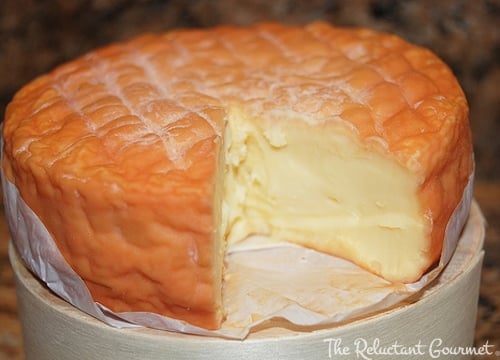
Pasteurization Process
The Pasteurization process makes the milk safe from harmful bacteria, but it also kills off the enzymes present in the milk as well as some of the fresh flavor. No matter how fast Pasteurization happens, cooked milk just tastes like, well, cooked milk.
I can only imagine how much more complex AOC designated Epoisses de Bourgogne sold in Europe tastes than what is available from my local cheese shop, but I would be first in line to try it. Epoisses is quite possibly my favorite “stinky cheese,” and I would love to taste the traditional version available in France.
Epoisses pairs well with hearty Burgundies–no surprise there. You can also try it with a nice dessert wine, such as Sauternes. Since Epoisses has such an assertive aroma, it is not the best for cooking, but allowed to come to room temperature and spread on some toasted nutty bread, the flavor of Epoisses really shines.

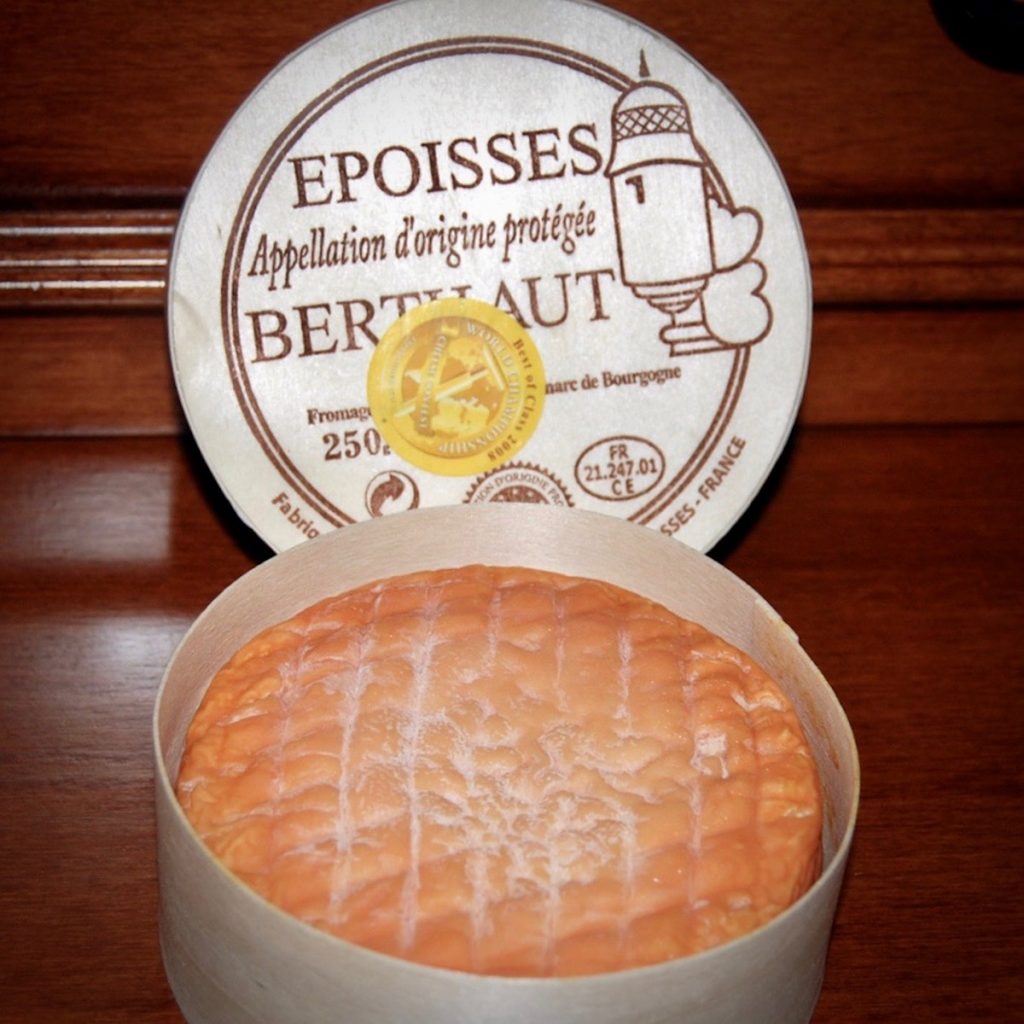

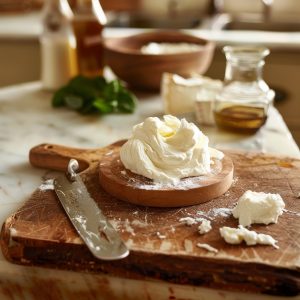



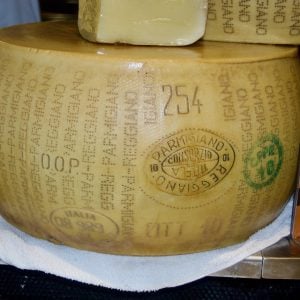

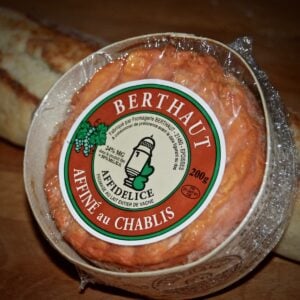
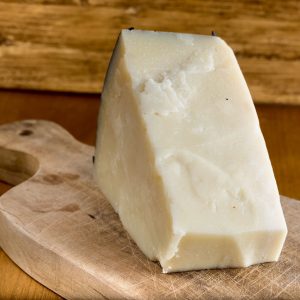


18 Responses
Great blog! My girlfriend is a pastry chef who has an almost encyclopedic knowledge of cheese. As a cook I don’t have as much exposure to cheese, so I love to dig into articles like this.
We live in the UK and love it
Take away the smell and this cheese delivers far less in taste than the elaborate production process warrants. Why go through all that, when you could use the same raw ingredients to make a a far superior product – like the British do…….
I am interested in Epoisse’s late medieval origins as well as its taste, texture, and smell. Do you have the name of the monastery? N.-D. d’Epoisse? Or…… Thanks. Great article.
Époisses cheese originated from the Abbaye de Cîteaux, a Cistercian monastery in Burgundy, France.
The Cistercian monks at the Abbaye de Cîteaux began developing washed-rind cheeses, such as Époisses, in the 16th century. They passed their knowledge to local farmers in the surrounding village of Époisses when the monastery eventually stopped producing cheese. The farmers kept the tradition alive, refining the technique into the creamy, pungent cheese we know today.
Any know San Francisco afficianado outlets?
Leonard’s 2001
Costco sells Epoisses on occasion.
Found this for the first time in our village Co-op shop near Cambridge, UK, and can only agree that its a wonderful cheese.
No comparison between the pasteurized version of Epoisses and the original non-pasteurized one! The latter is much, much richer in flavour. I tried them both from Berthaut as I live in Germany and we have easy access to all unpasteurized cheeses and I would never eat a pasteurized cheese as it tastes very bland.
Actually, Epoisses can be very good in cooking! When I am down to the last wedge, I chop it up a bit and add it to a sauce pan with some creme fraiche and warm it until bubbling. I then pour it over cooked chicken. I know it’s expensive, so cooking with it seems silly, but this is something you could try when it’s starting to show its age a little too much. The cooking mellows it out a bit and everyone I’ve made this for loves the rich sauce.
Great tip Robert, thanks for sharing.
Try Oeufs epoisses. Just got back from burgundy and it was incredible. My Cardiologist would not want to hear that, however.
I will have to try poached eggs with a creamy epoisse sauce sometime. I’m sure my doctor would say the same thing.
Does anyone know what culture is used when making this cheese. is a Meso or Geo or thermo? with the red color there is obviously Brevi in it…But i was wondering about the others…
Époisses cheese uses mesophilic lactic acid bacteria as the primary culture.
I get my Epoisses cheese locally in Cavistons, Glasthule Co.Dublin Ireland. Not sure if it is the pasturised
version or not! Smelly it maybe (my wife prefers I eat it outdoors) it’s my fav soft cheese!!!D.Cave??☘️??
I’m fortunate my wife likes the stinky cheeses too.